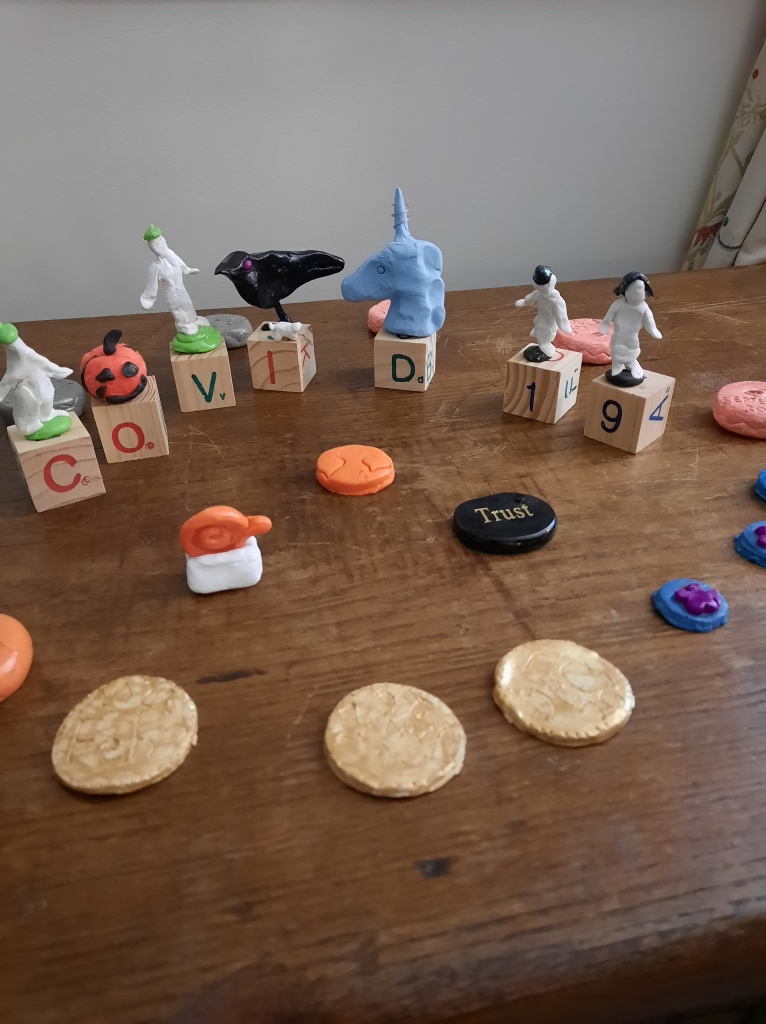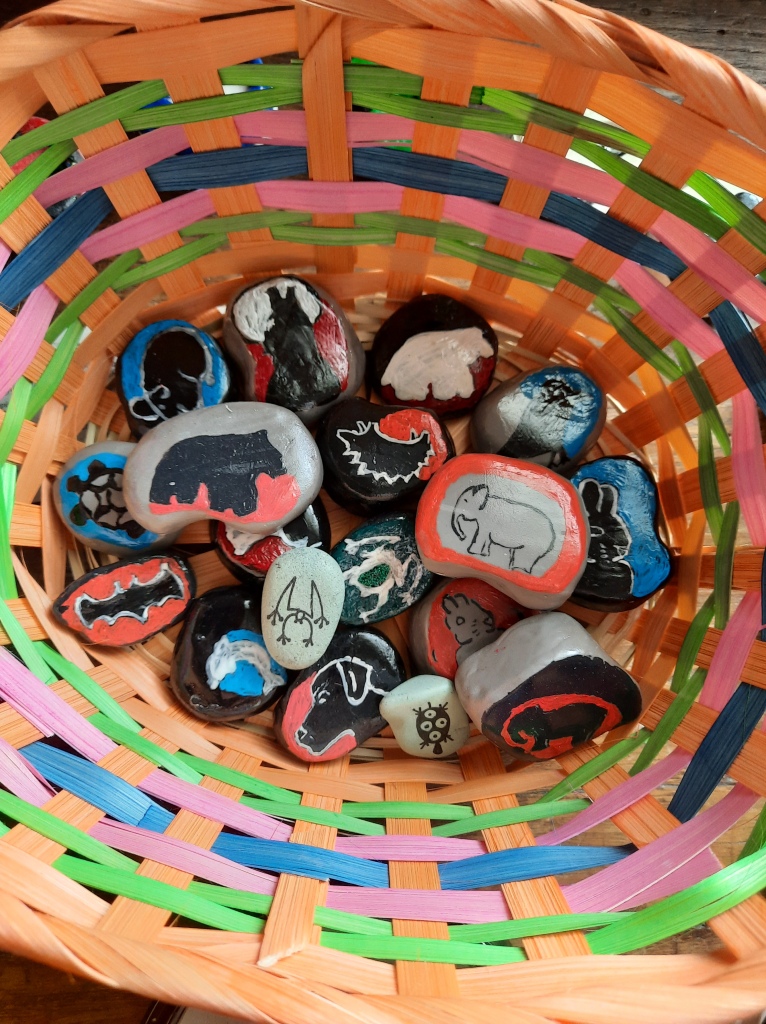by CAB

Says Lindsay Antin of Greater Good Magazine (September 2021): when contemplating returning to ‘normal’ routines post-pandemic, ‘start small, and when it seems difficult, make it smaller, until you can start.’ What’s my COVID-19 return to normal? Possibly, a knitting group. (Actually, I crochet, rather than knit.) Am I nervous? Yes. In fact, 44% of adults feel hesitant about returning to in-person life. So, I know I’m not alone. You are never, truly alone, anyway, so I believe.
For example, take Kristin Neff’s RX for Stress:
In a stressful moment, stop and recite (if you like, while holding your hand on your heart, for warmth and comfort):
- This is a moment of suffering.
- Suffering is part of life. We all have suffering in our lives.
- Let me be kind to myself in this moment.
https://greatergood.berkeley.edu/
This is what writer Antin (mentioned above) had to say about the return:
‘The psychology of returning means you can feel the strange optimism that comes from living through a disaster: glad to be alive for a new chapter, even if the cracks in the system and your life and the opportunity to work on them, as overwhelming as they may be.’
In the same vein, this is what returning student Brianna Rivera (UC Berkeley) had to say: (‘What is Life Like Now For The Pandemic Generation?’, Greater Good Magazine, Sept 9, 2021)
‘You want to get back into the swing of things, but there’s something kind of holding you back. It’s like, you’re having to reconcile these three people—the person you were before the pandemic, the person you were during the lockdown, and the person you’re becoming now.’
She remarked, aptly: “It’s a little weird.”
Indeed. May I suggest if you have worries at night that you consult CAMH’s (Centre for Addiction and Mental Health): ‘Challenge Your Worries’ web page. I’ll give you some of it here, for your convenience.
How to Challenge Your Worries:
First, catch your worry and write it down. Then, ask yourself the following questions:
Is this thought true?
How do I know it’s true?
Is it 100% true all the time?
What is the evidence for this thought?
What is the evidence against this thought?
Has the thing I’m worried about ever happened before?
What actually happened?
How did I cope? What was the end result?
Ask yourself: What does worrying do for me?
See if you can come up with a more balanced thought.
And of course, there’s also red wine, which the scientific community has told us, is actually good for us, though I may add, in small quantities.
So… it is Pinot Noir or Cabernet Sauvignon tonight? Hmm… difficult choice.
I’ll leave it up to you. I don’t drink much at all though, but I love the idea of wine, and how it is grown. How much it is a part of a country’s cultural heritage. The ‘terroir’.
A little humorous picture above for your viewing pleasure, most of the items I made myself, over the last year or so. The circular pieces around the edge are my ‘COVID medallions’. Just a way to mark the passage of time as the pandemic went on and on. It was quite satisfying to get to new month. Like a victory or something. I can make you one if you wish, dear reader. Sculpting is an excellent hobby and very relaxing in the evening hours. You can purchase a clay called ‘Sculpey’ online and you just bake it in the oven, it’s super-easy to use, and as I say, relaxing.
And that is what we need, at this time.
A bientôt!
(See you later)

